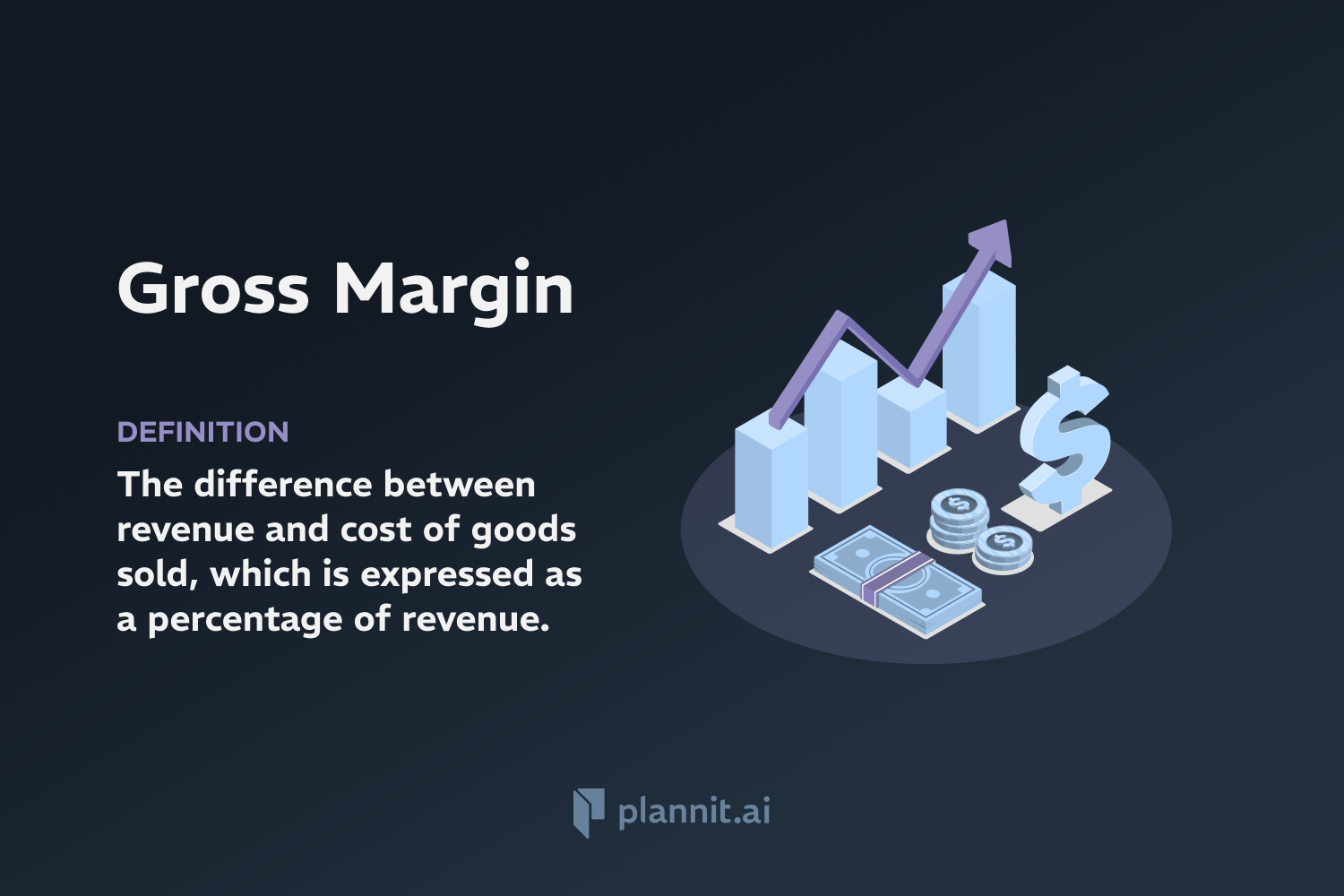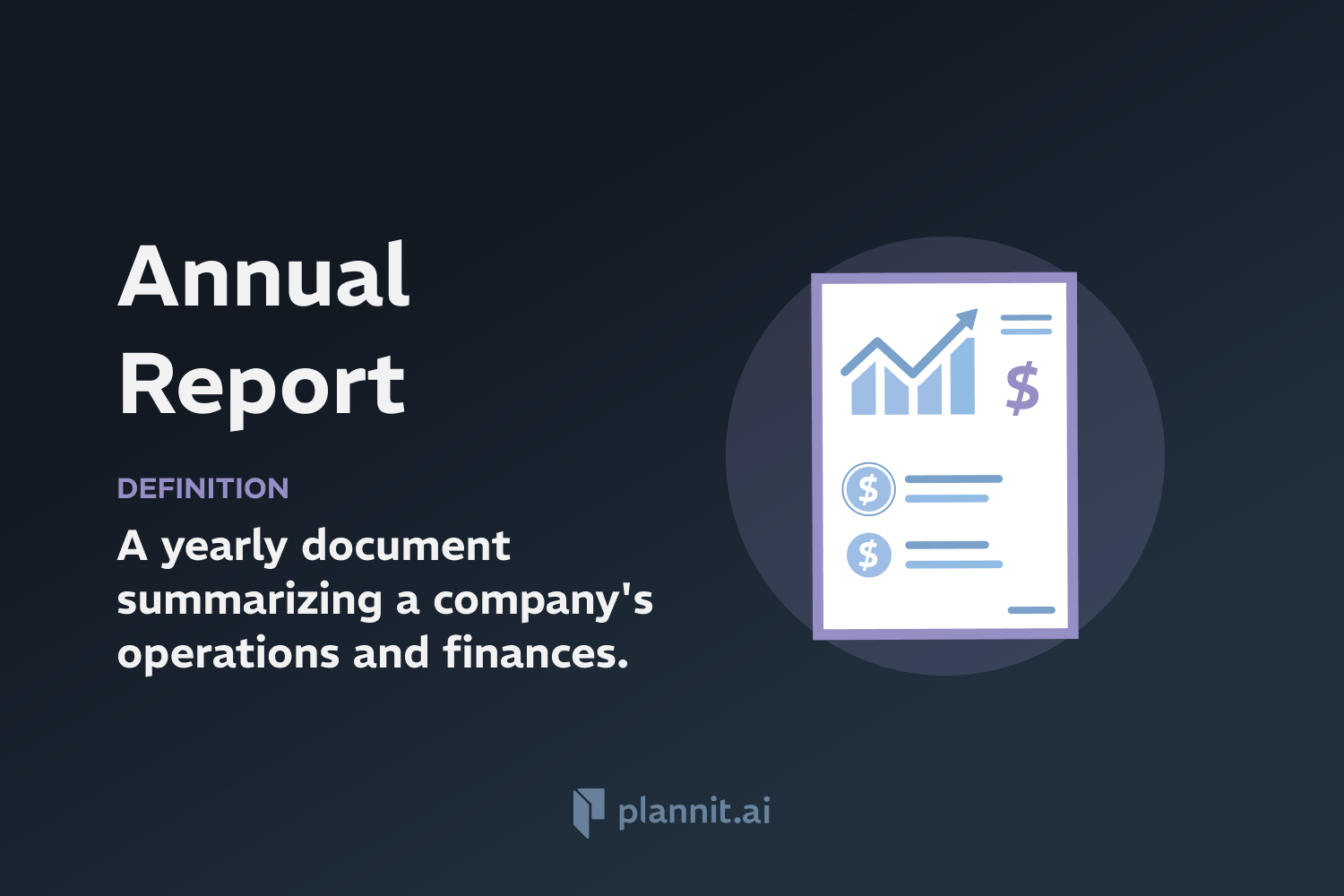Need Help With Your Business Plan?
Answer tailored questions and get a detailed business plan in minutes.
Price Point: Definition & In-Depth Explanation
A price point refers to a potential price at which a business may choose to sell its goods or services. It is typically used in discussions about pricing strategy and market positioning. By identifying specific price points, businesses can target various segments of the market, appealing to consumers with different levels of purchasing power and willingness to pay. It also allows companies to maximize revenue and profit by optimizing their product pricing according to consumer demand and competitive factors.
Purpose:
The purpose of setting specific price points is to strategically position products in the market to attract desired customer segments and achieve financial goals such as maximizing profit, increasing market share, or driving volume sales. Price points take into account factors like production costs, competitor pricing, perceived value, and market conditions. This strategic pricing helps in managing consumer expectations and aligning product offerings with market demand.
Example:
A company selling sports shoes might set multiple price points to capture different market segments. For instance, they could offer a basic model at $50 for casual athletes, a mid-range model at $100 for regular enthusiasts, and a high-performance model at $150 for professional athletes. Each price point targets consumers with different needs and budget constraints, helping the company cater to a broad market spectrum.
Related Terms:
Market Segmentation: The process of dividing a target market into smaller, more defined categories based on factors such as needs, characteristics, and behaviors.
Pricing Strategy: A model or method used to establish the best price for a product or service. It might include strategies like premium pricing, penetration pricing, economy pricing, or value-based pricing.
Elasticity of Demand: A measure of how the quantity demanded of a good or service changes in response to a change in price. It helps businesses understand how changing the price of a product affects sales.
Psychological Pricing: Pricing tactics that consider the psychological impact of prices on consumers and can significantly affect sales and consumer perception.
FAQs:
How is a price point determined?
A price point is determined based on cost analysis, competitor pricing, consumer demand, market conditions, and the overall business strategy. It also considers psychological factors and the price at which a product is perceived as offering the best value.
Why is it important to have multiple price points?
Multiple price points allow a business to appeal to different customer segments, maximizing market coverage and potentially increasing overall sales and profits by meeting diverse consumer needs.
Can price points affect brand perception?
Yes, price points can significantly influence how a brand is perceived by consumers. For example, higher price points may convey higher quality or exclusivity, while lower price points may appeal to value-conscious consumers.
What role does competition play in setting price points?
Competitive pricing is crucial in setting price points, as businesses need to consider the pricing of competitors to ensure they remain attractive to consumers. Ignoring competition can lead to loss of market share if a product is perceived as too expensive or too cheap.
How should businesses adjust their price points in response to market changes?
Businesses should regularly review and adjust their price points in response to changes in costs, consumer preference shifts, new market entrants, or changes in the economic environment to stay competitive and profitable.
Get funding with a business plan that will impress investors.
Starting a New Business?



